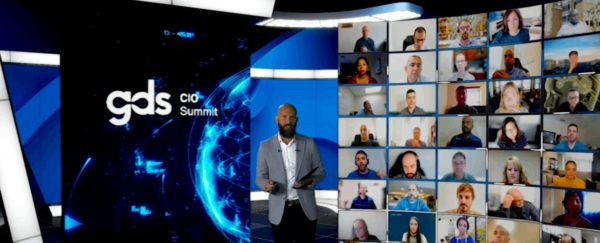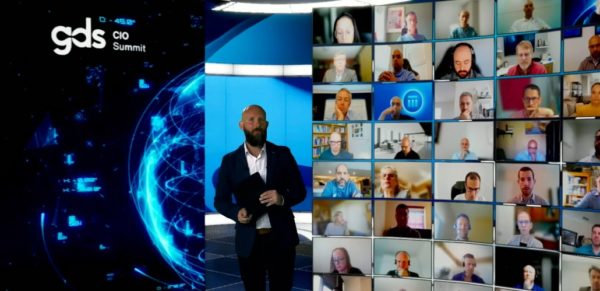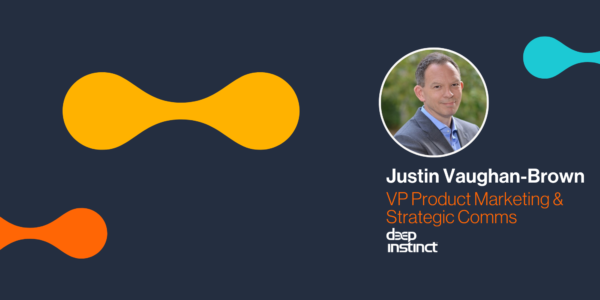“We should stop believing in in the fairy tale of AI, and understand it is not a quick fix, it is hard work to implement.” – Scania Group
As companies become increasingly data-driven, the demand for AI technology grows. Complex decisions need to be made when it comes to cloud versus on-premise. Existing staff must be upskilled, and new talent secured. The business case must be clearly stated and communicated across companies. Smart investments should be made to modernise IT infrastructure, while overall costs must be kept down. All these challenges come at a time of rapid change and disruption across the business landscape.
Our recent roundtable discussions, with executives from industries including Banking, Manufacturing and Automotive identified six major challenges. In part one and part two of this three part series we explored the challenges around recruiting and retaining the right talent and implementing natural language processing (NLP), as well as getting and using data to its fullest and data security regulations in AI. Now in this final part of the series, we will look at on-premise vs cloud and using AI to supplement business strategy as a whole.
On-Premise vs. Cloud
“For many organizations, it’s not enough to pick just one method. Hybrid cloud computing combines both, taking advantage of the security, high performance and manageability of on-prem systems while also leveraging public cloud resources from a service provider.” NVIDIA
From AI and data analytics to high-performance computing (HPC) and rendering, data centres are key to solving some of the most important challenges. While on-prem reduces the speed of access to data, many organisations wonder if cloud is safe enough. “Our customers want us to be on-prem, but then you don’t have the same cyber security protection if you do, because sometimes you have an algorithm that is stronger if it is fed with a lot of customer data’” explains a senior executive from Xerox. She goes on to further add that “if for example, my algorithm sees a lot of different forgeries, then it will become better at identifying forgery, so if we only use an on-premise version, it’s more difficult for the algorithm to detect when there’s a forgery.”
Further to this, due to regulations across geographies, you often can’t combine data sets in the cloud. “The challenge is getting data to the cloud and at scale, especially because of all the international regulations” adds a HSBC executive. “After following regulations, it can take six to nine months.”
A Senior Solution Architect at NVIDIA explains that “we have a helping hand engagement model with our customers, and we always go in and see what we can do to help.” However, an end-to-end accelerated computing platform, integrated across hardware and software, can give enterprises the blueprint to a robust, secure infrastructure that supports develop-to-deploy implementations across all modern workloads.
Using AI to Guide Business Strategy
“You could be looking at lots of data, but what goes on in your mind when you’re looking at this data? That’s what we want to bring down to the machine, and then let it think for me” – HSBC
Success comes from businesses integrating AI into their strategy, rather than creating a solution and then retrofitting use cases. Further to this, “the scale of an organisation gets in the way of being agile with data,” explains a senior executive from HSBC. “There is a lack of understanding of which platform is best suited to do what when it comes to AI solutions,” acknowledges a Data Scientist at Swiss Re.
A senior executive at Gilead Sciences explains that he “gets emails from every AI company in the world saying, ‘we will sort out your problem’ but I don’t always know what problem I have. For example, do I want to make manufacturing lines faster? Monitor production lines? Or something else entirely?” It’s all very confusing, even for the experts, and you want to ensure the strategy is implemented to its best potential.
Executives on our roundtables explain they found a “Centre of AI,” that offers support to different organisational divisions for all topics, and their experts can support employees through the process. A senior executive at NVIDIA elaborates that “large companies often are not prepared in this way” and “it’s rare to see centres of excellence dedicated to AI.” But this is certainly a leading solution.
“Another huge challenge is finding that balance between investment and ROI,” says NVIDIA. There needs to be collaboration between business strategy and IT, as AI should be used to enhance business opportunities business wide. “Implementing AI correctly and at a significant scale… this is the game changer, it’s not something you just do a little bit of here and there, that doesn’t work.” We’re talking about AI, but it is also about the entire business flow. Senior management must understand the sense of urgency and understand where the business wants to be in 1-, 3- and 5-years’ time and understand how to get there. This is equally important for the healthcare sector, fintech and/or manufacturing, and is aligned with what we are hearing on roundtables and summits day in day out.
We hope you’ve enjoyed this 3-part series on the challenges of implementing AI. For more information on all topics around AI, join us at our CIO summit in June, or join us on a Meet the Boss roundtable.
GDS Summits are tailored 3-day virtual event conferences that bring together business leaders and solution providers to accelerate sales cycles, industry conversations and outcomes. Regarding the CIO Summits 88% of Delegates said the overall experience of Digital Summit they attended was either Above Average or Excellent whilst 92% of Delegates said the Digital Summit provided them with actionable outcomes to support their current initiatives.
For more, click here to hear from attendees on how GDS has helped them to achieve their business outcomes.
Continue the debate at GDS’ CIO Summits where we bring together senior IT executives who are actively seeking to share, learn, engage, and find the best solutions.












